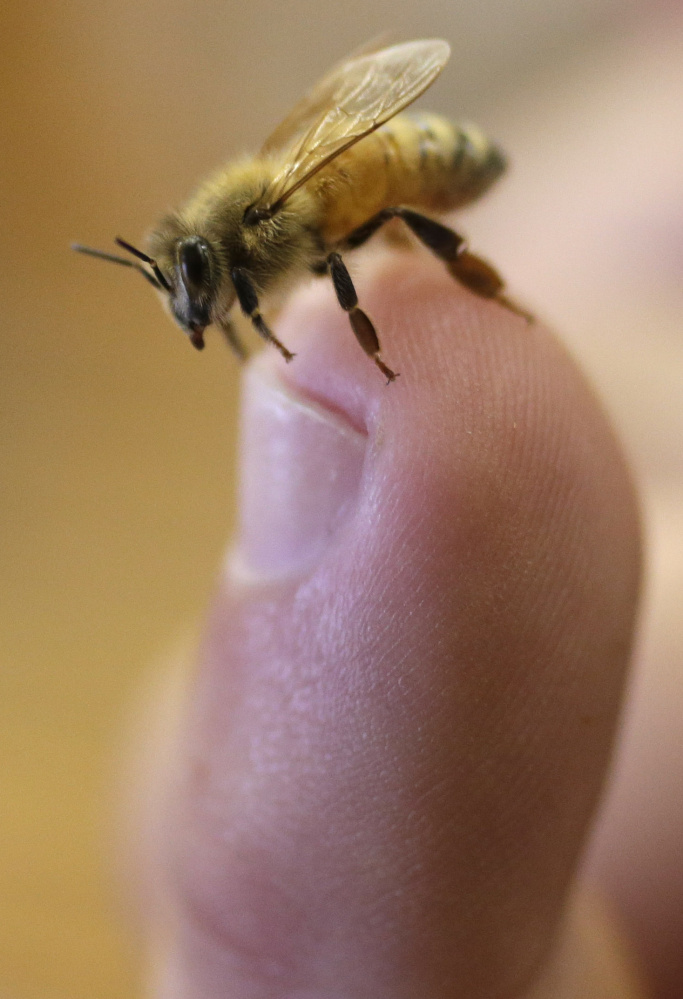After repeated stories from beekeepers, academics and conservationists about honeybee mortality tied to widespread use of household pesticides, Maryland lawmakers have passed bills that would ban stores from selling neonicotinoids to homeowners who may overuse the chemical on trees and gardens.
Similar bills from both chambers are expected to be forged into a single piece of legislation for Republican Gov. Larry Hogan, whose signature would make Maryland the first state to take such pesticides away from amateurs. Farmers and professionals who better understand how to apply the chemicals in a way that poses a lesser threat to bees would be exempted by the law when it takes effect in 2018.
Maryland lost more than 60 percent of its hives last year, each with up to 20,000 honeybees. About a dozen other states are considering taking similar steps as bees die and honey production declines. Last year, honey production fell 12 percent among producers with five or more colonies, according to a U.S. Department of Agriculture survey.
Neonicotinoids were introduced to agriculture in the 1990s and made available to the general public more recently because it was thought to be safer for bees than other pesticides. They seep into plants rather than simply coating the surface.
But two years ago, a team of global, independent scientists that formed the Task Force on Systemic Pesticides concluded that neonics are a key factor in bee declines.
Hogan has given no indication about his intention to sign or reject the bill, but Del. Anne Healey, D-Prince George’s County, who authored the House version, said it had strong bipartisan support.
Healey said a new law would “be a landmark, and it would set a standard that maybe other states would follow.”
Maryland’s Department of Agriculture disagreed, saying there is little evidence linking the decline of bees to neonicotinoids.
Send questions/comments to the editors.



Success. Please wait for the page to reload. If the page does not reload within 5 seconds, please refresh the page.
Enter your email and password to access comments.
Hi, to comment on stories you must . This profile is in addition to your subscription and website login.
Already have a commenting profile? .
Invalid username/password.
Please check your email to confirm and complete your registration.
Only subscribers are eligible to post comments. Please subscribe or login first for digital access. Here’s why.
Use the form below to reset your password. When you've submitted your account email, we will send an email with a reset code.